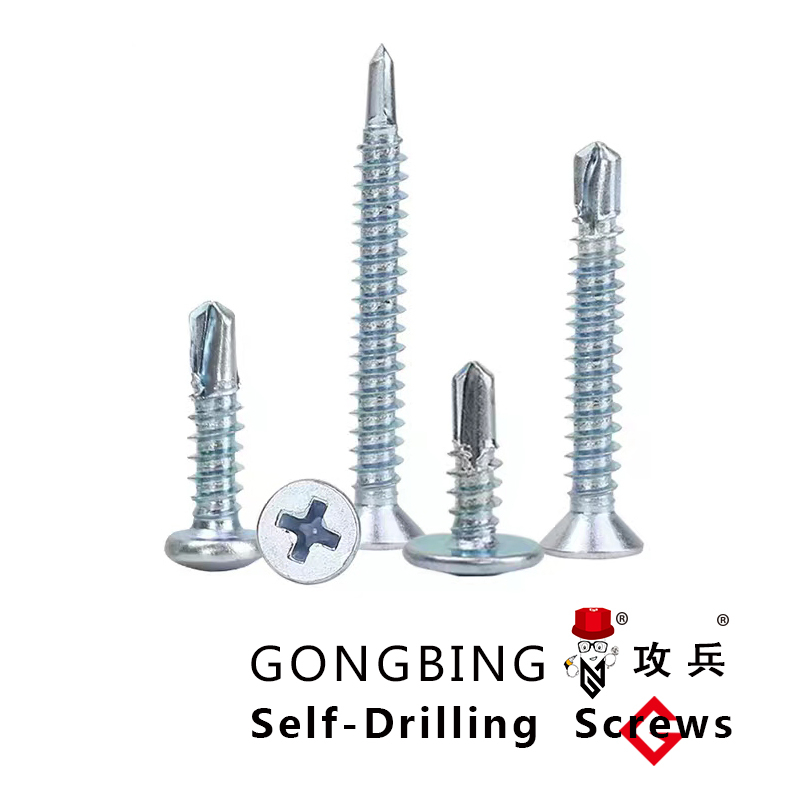foundation bolts
Understanding Foundation Bolts Essential Components in Construction
Foundation bolts play a crucial role in the stability and strength of structures. These heavy-duty fasteners are typically embedded in concrete foundations and are designed to secure structural elements, such as columns, beams, and machinery, to the foundation itself. Understanding their types, applications, and installation processes is essential for anyone involved in construction or engineering.
Types of Foundation Bolts
Foundation bolts come in various types, each designed for specific applications and requirements. The most common types include
1. L-Bolts Shaped like the letter L, these bolts have a horizontal arm that secures to the foundation and a vertical shaft that extends upward. They are ideal for anchoring structural elements and are often embedded into the concrete.
2. J-Bolts Similar to L-bolts, J-bolts have a curved end, making them useful for anchoring various structures, especially in the bridge and parking garage industries. The curve provides additional resistance against pull-out forces.
3. Straight Bolts These bolts are straight and cylindrical, often used with anchors and plates to secure various structural components.
4. Anchor Bolts Used primarily for securing large machinery or structures, anchor bolts are embedded deep into the foundation. They are designed to sustain significant loads and resist various forces, including shear, tension, and bending.
5. Post-Installed Anchor Bolts These bolts are installed after the foundation has cured. They provide flexibility in construction and are often used in renovations or when additional structural elements are needed.
Applications of Foundation Bolts
Foundation bolts are essential in a wide range of constructions, including
1. Industrial Buildings They secure heavy machinery and equipment, ensuring operational safety and performance.
foundation bolts

3. Bridges and Overpasses They anchor structural components that bear significant loads, contributing to the overall safety and durability of these infrastructures.
4. Towers and Masts Whether for communication towers or wind turbines, foundation bolts provide the necessary support against environmental forces.
Installation Process
The installation of foundation bolts requires careful planning and precision to ensure structural integrity. The general steps include
1. Design and Planning Before installation, engineers conduct site assessments and design the foundation based on the project's specific requirements. The blueprint will specify bolt types, sizes, and required embedment depths.
2. Preparation of the Foundation The area where the foundation will be laid must be properly prepared and compacted to support the load.
3. Placing the Bolts With the concrete forms set, the bolts are placed according to the predetermined layout. Ensuring that the bolts are vertically aligned is crucial for maintaining load distribution.
4. Pouring Concrete Once the bolts are in position, concrete is poured into the formwork. It is essential to ensure that the bolts are fully encapsulated and that proper tension is maintained during curing.
5. Inspection After the concrete has cured, a visual inspection is conducted to ensure the bolts are properly anchored and positioned.
Conclusion
Foundation bolts may seem like small components, but they are vital to the stability and safety of structures. Their various types, applications, and installation processes highlight their importance in modern construction. Whether in residential buildings, industrial facilities, or massive infrastructure projects, understanding the role of foundation bolts contributes to a safer built environment. Proper installation and selection of these critical elements can mean the difference between a robust structure and potential failure, underscoring their significance in engineering and construction practices.
-
Weatherproof Plastic Expansion Anchors for OutdoorNewsJun.06,2025
-
Sustainability in the Supply Chain: Eco-Friendly TEK Screws ProductionNewsJun.06,2025
-
Load-Bearing Capacity of External Insulation FixingsNewsJun.06,2025
-
Double Head Bolts: Enhancing Efficiency in Industrial MachineryNewsJun.06,2025
-
Corrosion Resistance in Chipboard Screws: Coatings for Wholesale DurabilityNewsJun.06,2025
-
Butterfly Toggle Bolts : Enhancing Structural ResilienceNewsJun.06,2025
